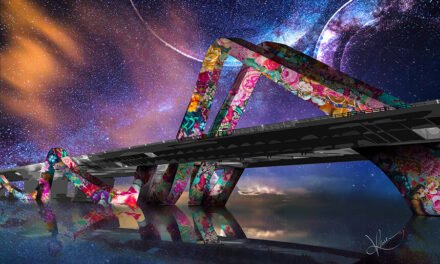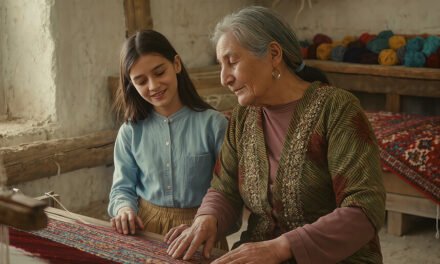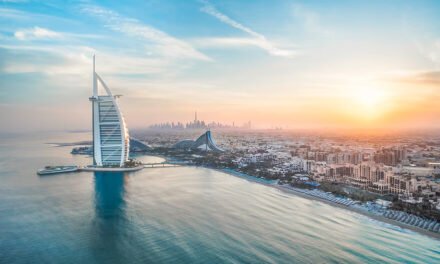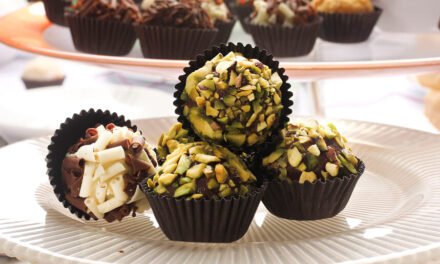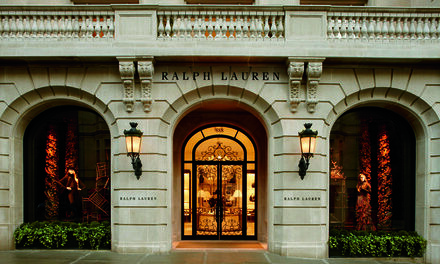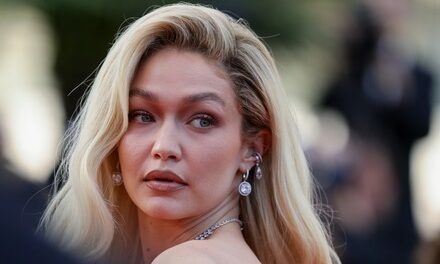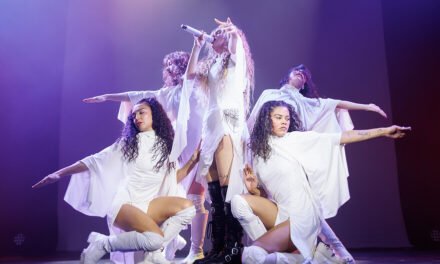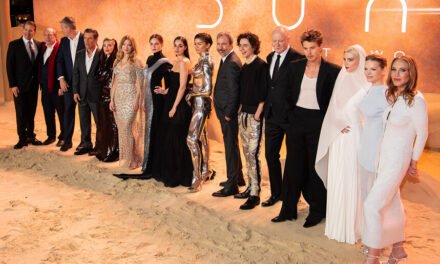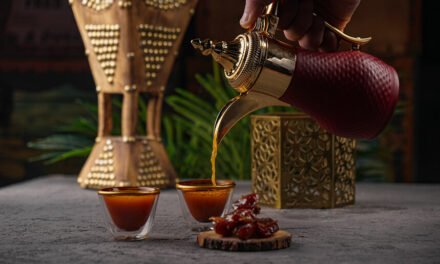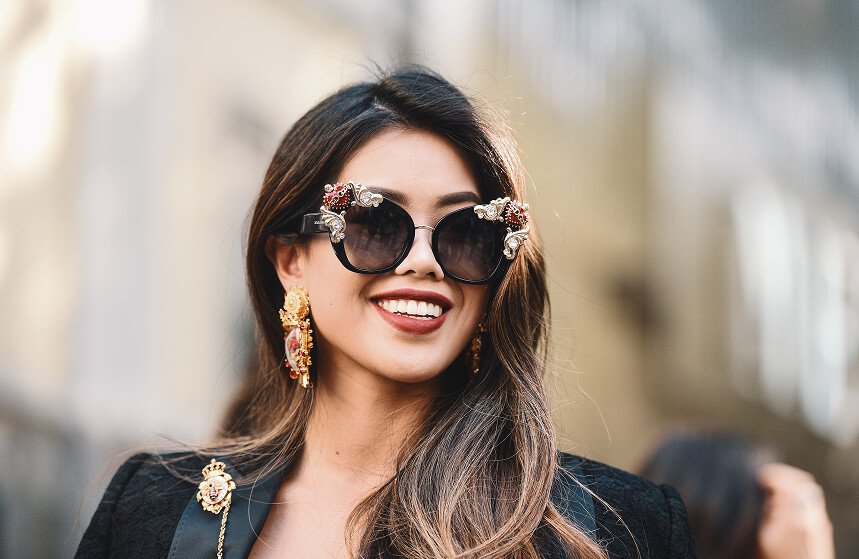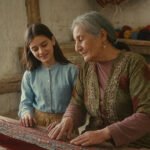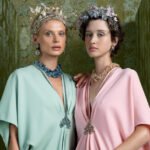Since 1983, when Chanel opened its flagship store in Kuwait City, global fashion houses have continued to expand their presence within the highly coveted GCC market, which represents a booming abundance of wealth, influence, and consumer buying power. High-end luxury brands such as Hermès, Dior, Louis Vuitton, Prada, Gucci, Dolce & Gabbana, and Versace are not only hosting pop-ups and opening upscale boutiques in countries such as the UAE, Saudi Arabia, Bahrain, and Qatar, they are also infusing their modern collections with designs inspired by the artisanal craftsmanship and effortless elegance of traditional Middle Eastern fashions.
For centuries, Middle Eastern clothing has provided women of the GCC with a strong sense of identity, while providing a way to fashionably display sophistication, artistry, and modesty. Regional trends have also shaped the evolution of the fashion industry, and have brought emerging designers of Middle Eastern descent to the forefront of the global luxury goods market.
And what a market it is. The GCC luxury market is valued at roughly $16.9 billion, and the presence of luxury brands in Dubai is second only to London. This concentration of wealth has attracted the most powerful luxury brands in the world to enter the richly coveted GCC market, and to capture a piece of the growth that appears imminent.
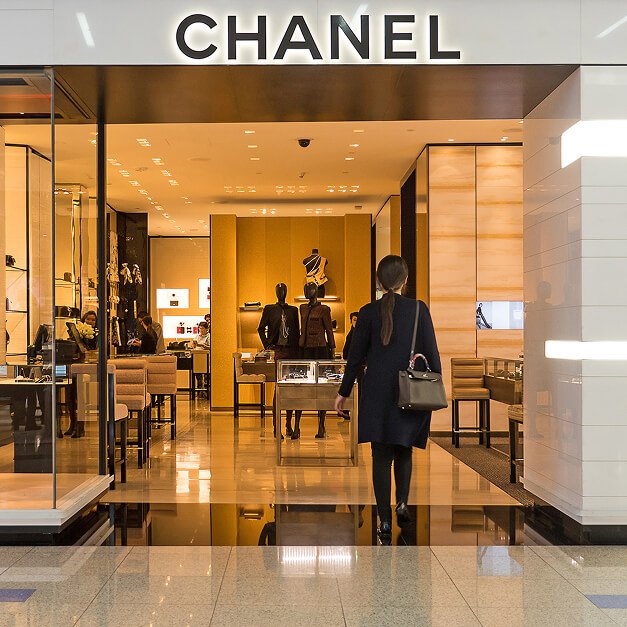
Notable Middle Eastern Clothing Throughout History
In Middle Eastern heritage, every garment is stitched with intention, not simply an article of clothing but a work of art. Each stunning silhouette is a symbol of pride, identity, culture, and meaningful religious traditions. In many cases, Middle Eastern dress has been used to signify royal lineage, social class, or vast generational wealth, providing the wearer with a shared connection to ancestors that came before, and also those to come.
For example, a burqa is one of the most conservative garments, commonly worn by certain sects of the Islamic religion. This long flowing garment covers the entire body and face, with only a small mesh opening for the eyes. While some view this concealing garment as a symbol of the oppression that some Middle Eastern women have faced throughout history, other women continue to wear this garment as a personal choice that pays respect to their religious beliefs and cultural heritage.
More commonly, Middle Eastern women wear a hijab, which is a silky, lightweight head covering that allows the face to be seen, yet covers the hair, neck, and chest. Not as concealing as the burqa, it provides modesty while also allowing women to express themselves through various hijab colors, designs, and fabrics.
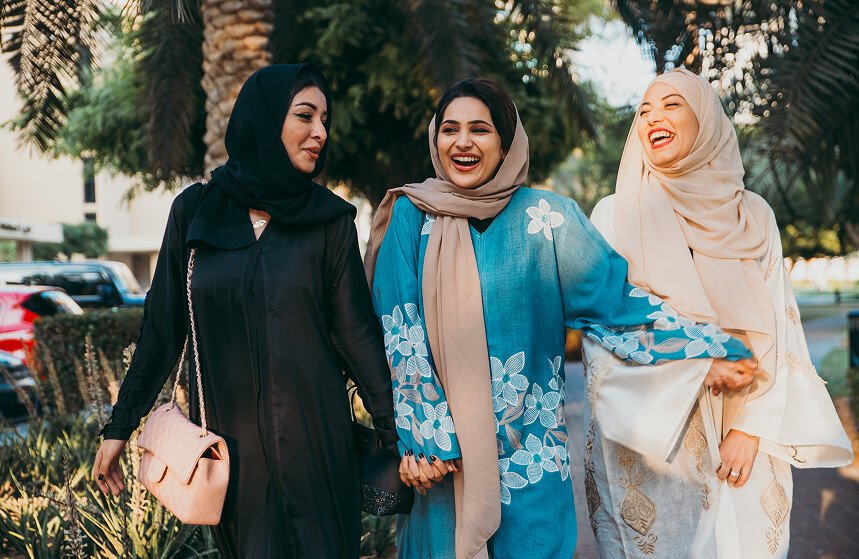
Other popular and traditional Middle Eastern clothing choices include shalwar kameez, or loose trousers worn with a long tunic, and abayas, which are long cloaks worn over clothing.
Whether displaying fashionable gowns, loosely draped silhouettes, breezy trousers, or hand-embroidered tunics with metallic embellishments and intricate beading, the women of the GCC have given rise to some of the hottest emerging trends in the luxury consumer market.
The Influence Of Middle Eastern Designers On Luxury Clothing Trends
Zuhair Murad and Reem Acra are two of the most renowned Lebanese designers in the global fashion industry, having swiftly advanced Middle Eastern fashion within the modern-day haute couture scene. Over the past several decades, these designers have become household names around the world, seen on A-List celebrities, high-profile world leaders, and even members of the royal family.
Reem Acra, one of the hottest names in luxury couture, has introduced her Pre-Fall 2025 and Fall 2025 RTW collections, which were inspired by a recent trip to the Middle East and in particular, the beauty and whimsy of the desert rose. With hand-sewn details such as pearls and velvet petals, ethereal embroidery, and elegant draping, her designs are both forever chic and impossibly romantic.
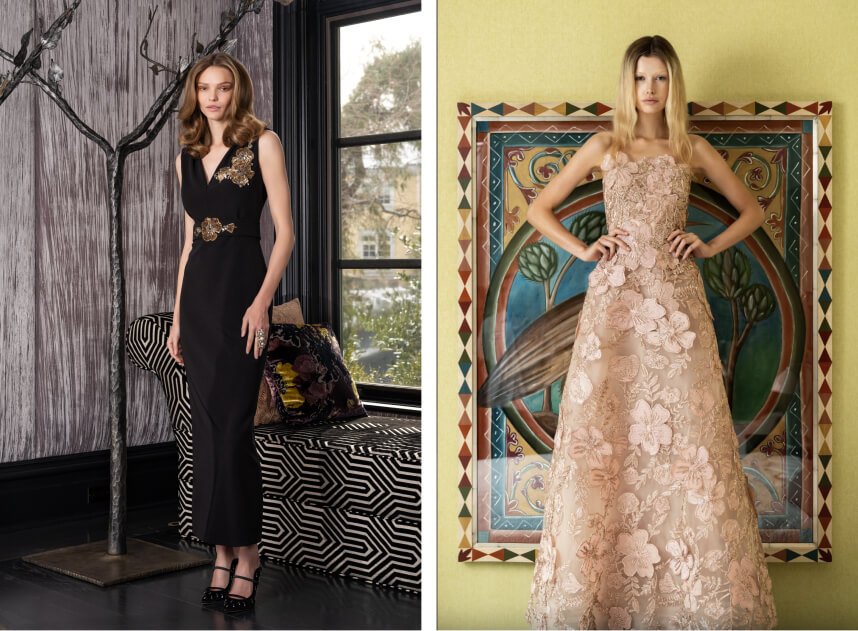
Zuhair Murad is widely known for his Middle Eastern-inspired collections that have taken the fashion world by storm. His impeccably embellished gowns, tops, and trousers, with details such as lace insets, glittering crystal necklines, and richly hued fabrics create gorgeous, breathtaking silhouettes not only on well-heeled women in the GCC, but on red carpets around the world. Jennifer Lopez, Heidi Klum, and Nicole Kidman are just a few of the A-List celebrities that have worn Zuhair Murad’s couture creations to evoke the glitz of Old Hollywood glamour.

Timeless Traditions That Transition With Ease
From ancient origins to modern-day fashion runways, Middle Eastern-inspired couture is always the perfect solution to create a classic and professional look, yet it is also an elegant choice for high-profile affairs, events, and soirees.
For day or night, weekday or weekend, designer collections from top global fashion houses are seamlessly blending culture with couture.


